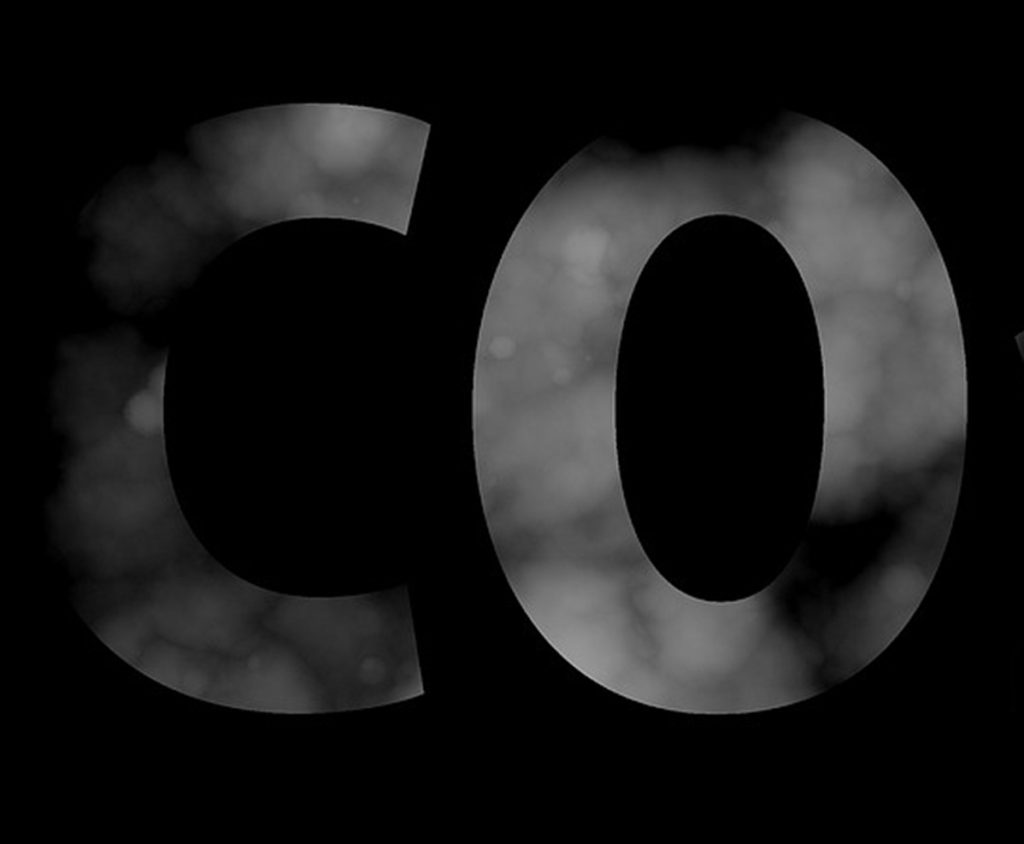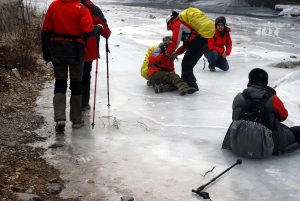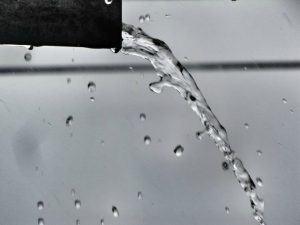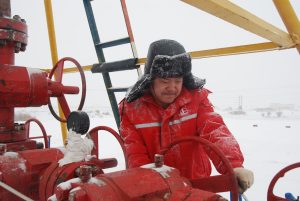Each year, carbon monoxide (CO) poisoning is responsible for more than 50,000 emergency department visits in the United States resulting in more than 400 deaths. Americans ages 65 and older have the highest risk of death from CO poisoning. As the weather gets colder, people turn on their heating systems and mistakenly warm their cars in garages. Even when folks feel like there’s adequate ventilation, it’s important to take extra care to prevent CO (carbon monoxide) poisoning. Exposure to CO can result in permanent neurological damage or death, and anyone can be at risk.
An odorless, colorless gas that often goes undetected, CO is produced by burning fuel in cars or trucks, small engines, stoves, lanterns, grills, fireplaces, gas ranges, portable generators or furnaces. When the gas builds up in enclosed spaces, people or animals who breathe it can be poisoned. Again, ventilation does not guarantee safety.
Carbon Monoxide detectors save lives, but less than one-third of American homes have one installed. With December and January at the peak of CO poisonings, here are 15 simple tips to keep you protected:
- The National Safety Council recommends you install a battery-operated Carbon Monoxide detector in your home near the bedrooms
- Replace the battery for your home’s Carbon Monoxide detector each spring and fall
- Do not heat your home with a gas range or oven
-
Don’t use an un-vented gas or kerosene space heater indoors.
- Never run a car or truck inside an attached garage
-
Make sure that your car, truck, or boat has a working, airtight exhaust system. Repair exhaust leaks immediately.
-
Don’t ride in covered pickup truck beds or campers. Air moving around the vehicle can draw exhaust in.
-
Never sit in a parked vehicle with the engine running for a long period of time, especially if your car is in snow.
- Have your heating system, water heater and any other gas or coal-burning appliances serviced by a qualified technician every year
- Do not use portable flameless chemical heaters indoors
- Never use a generator inside your home, basement or garage or less than 20 feet from any window, door or vent; fatal levels of carbon monoxide can be produced in just minutes
- Have your chimney checked and cleaned every year, and make sure your fireplace damper is open before lighting a fire and well after the fire is extinguished
- Make sure your gas appliances are vented properly
- Know the symptoms of Carbon Monoxide poisoning
-
Don’t swim or play near the back of a boat where the motor gives off exhaust.











